Indeed, the cheapest route would have been to revert to other DV formats but RDF’s Wilson intended to experiment with a view to producing stablemate series Shipwrecked the same way.
“We’re delighted with the results and the filming process,” Wilson declares. Nonetheless, the next series of Shipwrecked will be produced as before in DVcam.
“If we could have made it work financially we would,” she says. “XDCAM HD produces a better quality picture and we’re attracted to the fact that it’s been tested in extreme conditions but while the cost is nowhere near the 20% to 30% mark-up that people seem to apply to HD, it was still too much for our budget.”
As things stand, the production already requires five cameras and two back-up bodies for several consecutive weeks for the shoot in the Pacific Cooke Islands.
“Because we’re shooting Shipwrecked continuously it is prohibitively expensive to shoot HD at the moment. If we’d been based in the UK, hiring cameras on a daily basis and returning them to the hire company in downtime, we could have made it work. Additionally, the cost of the recording media - optical disks versus tape - is too high for the volume of material we produce.”
She stresses that the Scrapheap experience was a good one. “I want producers to adopt tapeless HD formats because it will bring the cost down for all of us.”
Ginger Productions embarked on its first HD project this year, swapping the third series of Jack Osbourne: Adrenaline Junkie from DVcam to XDCAM HD. “From a business point of view there were all kinds of reasons to shoot HD,” explains executive producer Ed Stobart.
“Although it’s an international series we’re very mindful of the UK audience - indeed of all territories where transmission is still SD. But HD delivery can only help the series’ sale.”
A number of criteria weighed on Stobart’s mind. Image quality was paramount since a key part of the success of the series are the epic backdrops to Jack’s stunts. There was also a very high shoot ratio (25 to 30 disks or 35 hours per episode including a 250:1 ratio for episode one) to cover the 8 x 46-minute shows.
They would be trekking in jungle and across ice, carting their own equipment, so lightweight kit combined with point-and-shoot functionality was essential.
“Observational docs of this kind need to transfer the energy from location to screen so it’s vital to set up and respond to situations in a hassle-free way,” he says. “Tapeless recording assists that by letting us review footage quickly in the field.”



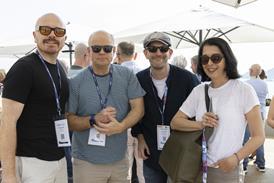






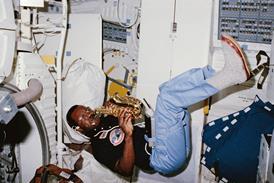
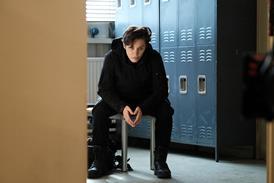
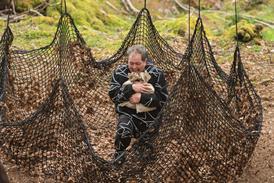
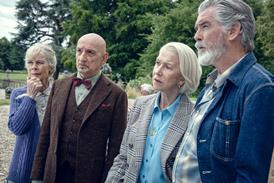





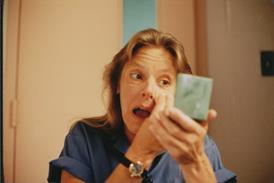
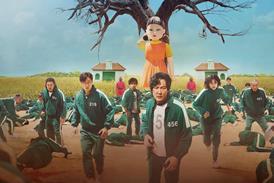
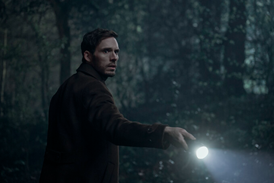



No comments yet